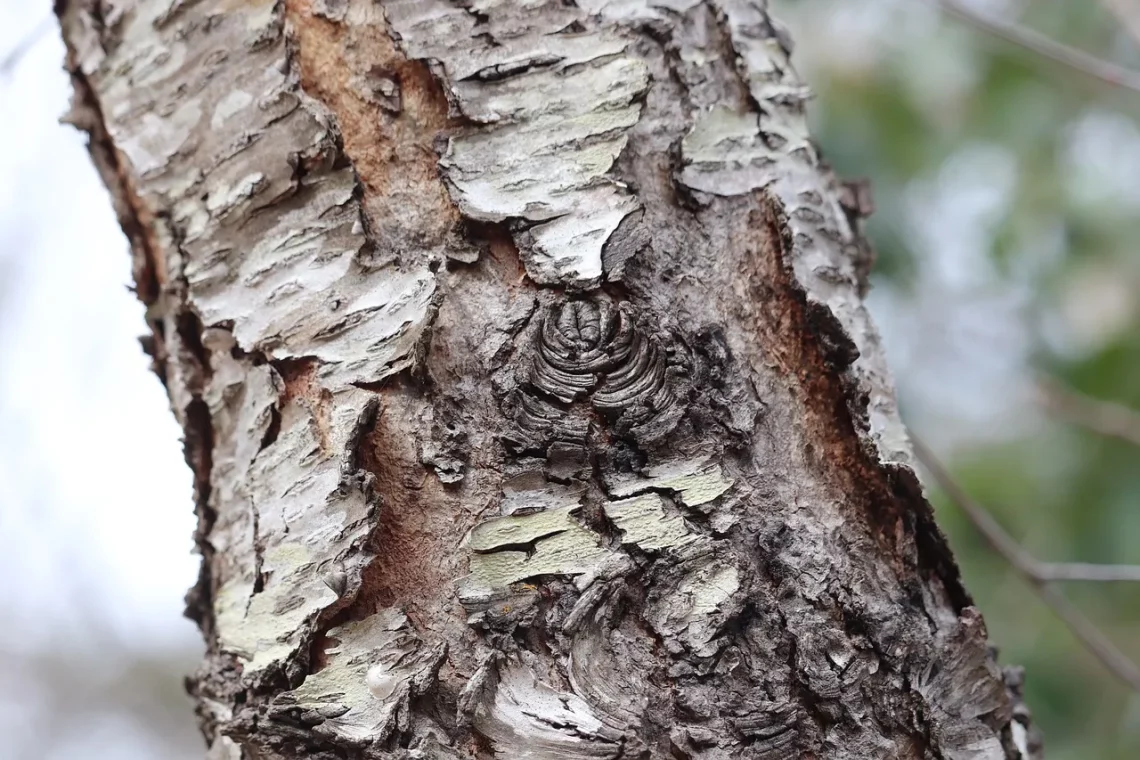
Understanding Eyebrow Scars: Causes, Treatments, and Care Tips
Understanding eyebrow scars can be an important aspect of personal grooming and aesthetic care. Scars, particularly those located in visible areas like the eyebrows, can affect one’s self-esteem and overall appearance. Whether the result of an accident, surgery, or a skin condition, these marks can vary significantly in size, color, and texture. Understanding the nature of eyebrow scars and the various factors that contribute to their formation is crucial for anyone seeking to manage or minimize their appearance.
In many cases, eyebrow scars can be a source of concern, leading individuals to explore various treatment options. The emotional impact of visible scars can be profound, as they may serve as a reminder of past trauma or injury. Therefore, addressing these scars not only involves aesthetic considerations but also emotional well-being. The good news is that there are numerous treatments and care strategies available, allowing individuals to regain confidence in their appearance.
As we delve deeper into this topic, it is essential to recognize that the approach to managing eyebrow scars can vary greatly depending on the underlying cause and the individual’s skin type. With the right knowledge and tools, individuals can take proactive steps towards achieving smoother, more even-toned skin in the eyebrow area.
Common Causes of Eyebrow Scars
Eyebrow scars can arise from a variety of causes, each with its unique implications for treatment and care. One of the most common reasons for eyebrow scars is trauma, which can result from accidents, injuries, or surgeries. For instance, a fall or a sports-related incident may lead to cuts or abrasions that can leave a scar once healed.
In addition to physical trauma, surgical procedures, such as eyebrow lifts or other cosmetic surgeries, may also result in scarring. These scars can vary in appearance depending on the technique used and the individual’s healing process. Some people may experience hypertrophic scars, which are raised and can be more noticeable, while others may develop atrophic scars, which can appear sunken.
Another significant cause of eyebrow scars is skin conditions, such as acne or eczema. These conditions can lead to scarring in the eyebrow region due to inflammation and skin damage. Moreover, conditions like alopecia areata, which causes hair loss, can also result in scarring when the hair follicles are damaged.
Genetics also play a role in how one’s skin heals after an injury. Some individuals may be predisposed to developing more pronounced scars due to their genetic makeup. Understanding these various causes is crucial for anyone looking to address their eyebrow scars, as it can guide them toward the most effective treatment options.
It’s also important to note that the location of the scar plays a significant role in how noticeable it is. Scars located on the upper brow may be less visible than those directly on the eyebrow line. Therefore, identifying the cause of the scar is the first step toward effective treatment and care.
Treatment Options for Eyebrow Scars
When it comes to treating eyebrow scars, there are several options available, ranging from home remedies to professional medical treatments. The choice of treatment largely depends on the type and severity of the scar, as well as individual preferences.
One popular initial treatment option includes topical treatments, such as silicone gels and ointments. These products are designed to hydrate the scar tissue and may help flatten and soften raised scars over time. Over-the-counter creams containing ingredients like vitamin E, aloe vera, or hydrocortisone can also aid in scar healing. However, results can vary, and it’s essential to be patient, as improvement may take weeks or even months.
For more pronounced scars, professional treatments may be necessary. One common approach is steroid injections, which can reduce inflammation and flatten raised scars. This method is often used for hypertrophic scars, providing a more aesthetically pleasing appearance without the need for invasive procedures.
Laser therapy is another effective option for treating eyebrow scars. Various laser treatments can target different scar types, helping to resurface the skin and improve its texture. This treatment works by stimulating collagen production, promoting the growth of new skin cells, and reducing the appearance of scars.
Microneedling is a less invasive procedure that involves using tiny needles to create micro-injuries in the skin, promoting natural healing and collagen production. This technique can be beneficial for individuals with atrophic scars, as it encourages skin regeneration and can lead to smoother skin over time.
Finally, surgical options may be considered for severe scarring. Techniques such as scar revision surgery can remove the scar tissue and allow for more uniform healing. However, this approach should be discussed thoroughly with a qualified dermatologist or plastic surgeon.
Ultimately, the best treatment plan will be personalized to the individual’s needs, taking into account the scar’s characteristics and the desired outcome. Consulting with a healthcare professional is crucial in determining the most appropriate course of action.
Care Tips for Managing Eyebrow Scars
Proper care and maintenance are essential for anyone dealing with eyebrow scars. An effective skincare routine can significantly enhance the healing process and improve the overall appearance of scars.
First and foremost, keeping the scar hydrated is vital. Applying moisturizers regularly can help maintain skin elasticity and promote healing. Look for products that contain ingredients like hyaluronic acid or glycerin, which are known for their hydrating properties. Additionally, using a non-comedogenic sunscreen is crucial to protect the scar from UV damage, which can darken its appearance over time.
Gentle cleansing is also necessary to prevent irritation. Avoid harsh scrubs or exfoliants that can aggravate the scar tissue. Instead, opt for mild cleansers that won’t strip the skin of its natural oils. After cleansing, applying a soothing serum or ointment can help calm the skin and further aid in the healing process.
Incorporating antioxidants into your skincare routine can also be beneficial. Vitamin C serums can promote collagen production and help brighten the skin, potentially reducing the visibility of scars. However, it’s important to introduce new products gradually to avoid irritation.
Another essential care tip involves avoiding picking or scratching at the scar. This can lead to further trauma and may worsen the appearance of the scar. Instead, focus on gentle care and allow the skin to heal naturally.
Lastly, maintaining a healthy lifestyle can support skin health overall. Staying hydrated, eating a balanced diet rich in vitamins and minerals, and getting adequate sleep can all contribute to optimal skin healing.
In conclusion, managing eyebrow scars involves a combination of understanding their causes, exploring treatment options, and implementing effective care strategies. With the right approach, individuals can improve the appearance of their scars and enhance their confidence.
**Disclaimer:** This article is for informational purposes only and does not constitute medical advice. For any health concerns or issues, please consult a qualified healthcare professional.




